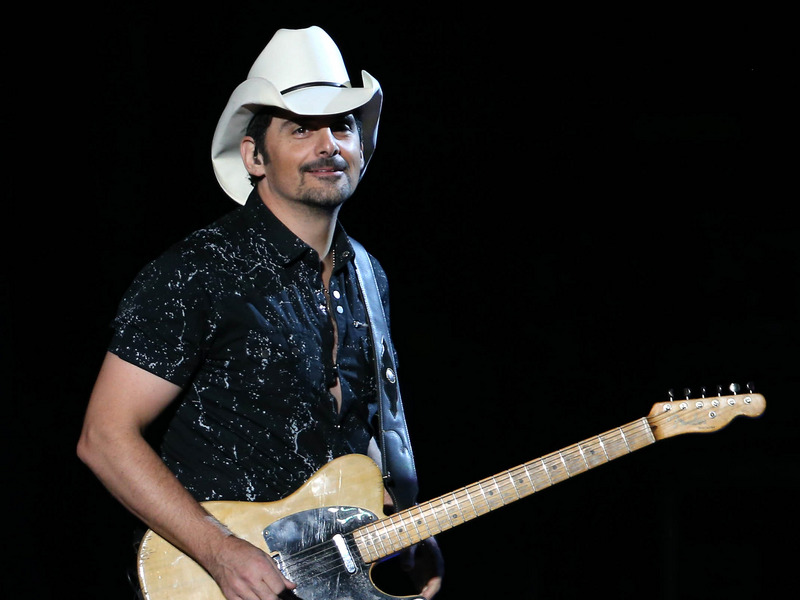
By Jimmy Hyams
Since the inception of the graduate transfer almost 15 years ago, only 28 percent of football players have achieved their Masters’ degree.
That’s not a good look for the NCAA, so the organization’s Division I Council is considering a major change.
A proposal to make a grad transfer count two years against a football or basketball team’s roster was defeated last month by the NCAA, but it has gained enough conversation to possibly be adopted sometime in the near future.
The thinking: The NCAA doesn’t want the grad transfer rule to be a charade whereby student-athletes play a final year at a college, then leave with no intent to get a Masters – only to play at a better program their final year or better themselves for the professional ranks.
In other words, an NCAA study shows many student-athletes earn only a few graduate credit hours, then leave school when their eligibility is completed.
The number of graduate transfers has increased in men’s sports by four fold since 2011 and nearly tripled in women’s sports over that time frame.
Grad transfers in football have gone from 17 in 2011 to 168 in 2017.
It has gone from 15 in men’s basketball in 2011 to 94 in 2017.
It has gone from 23 to 36 in men’s track and field over that time frame.
In all other men’s sports, it has increased from 25 to 55.
Overall, the jump has been from 80 in 2011 to 353 in 2017.
On the women’s side, it has gone from four in basketball in 2011 to 48 in 2017; from 31 in track and field to 52; from 27 in all other women’s sports to 81.
Andrew Donovan, compliance director at the University of Tennessee athletic department, said the NCAA proposal is to “make sure the academic intent behind getting a Masters’ degree is real.’’
About 90 percent of Master’s programs take two years to complete; that’s why the NCAA proposal said grad transfers should count two years against football and basketball rosters – to curb the grad transfer epidemic.
“Are we taking grad school education seriously?’’ is the question the NCAA asked, Donovan said.
The proposal that was defeated has caused dissension in the NCAA ranks. Smaller schools say the proposal is a way to keep larger schools from poaching players that were trained and developed at the lower level.
Bigger schools are looking for an athlete to fill a need that could result in a championship season.
“We might not have the golden ticket answer for a grad transfer,’’ Donovan said, so the Council wants to further study the matter.
The proposal targeted football and basketball only because most grad transfers are tied to those two sports.
Another interesting proposal that was passed allows first-time college athletes who enroll in the summer to transfer and play immediately at another school if the head coach departs before the first day of classes for the fall term. That does not apply to freshmen who have enrolled as a full-time student at mid-term in January.
The Division I Council also said walk-ons not on scholarship may transfer and play immediately at another school without sitting a year.
It’s preposterous to think that rule was ever on the books.
Former Heisman Trophy winner Baker Mayfield brought attention to this silly policy when he walked on at Texas Tech, wasn’t granted a scholarship, transferred to Oklahoma and had to sit a year before gaining eligibility – as a walk-on.
The Council also voted down adding another full-time assistant in baseball and softball. The SEC strongly endorsed this. The Big 12 and Big Ten said no.
One reason for the objection: Finances.
Another: Baseball has the odd number of 11.7 scholarships due to Title IX reductions in the 1970s and that’s way too few to field a team. So some feel it’s better to fix the 11.7 number in baseball before adding another assistant.
A third reason: If you add another assistant in baseball and softball, could you have a trickle down affect in golf and tennis and soccer and other non-revenue sports?
“You can hear sound arguments on both sides,’’ Donovan said. “Tennessee is very much in support. It helps in the development of student-athletes and gives a volunteer coach exposure to offseason recruiting off campus and makes them better equipped to take on a full-time job elsewhere.’’
The proposal doesn’t require baseball and softball to add a full-time assistant, but smaller schools that couldn’t afford to do so see a further divide of the haves and have nots and the pressure to add a full-time position to keep pace with other schools.
The Council amended the medical hardship rule to say if an athlete is injured and plays no more than 30 percent of a season, he or she can get the redshirt. In the past, the injury had to occur in the first half of the season.
Another major change was making the first permissible date for coaches to call or communicate with prospects and parents June 15 after the prospects’ sophomore year in all sports except football, basketball, softball and baseball.
“There’s been a big push the last two years to slow down the recruiting process in softball, lacrosse, golf, tennis and soccer because prospects are being offered scholarships and making commitments in the eighth, ninth and 10th grade,’’ Donovan said.
“The (NCAA) membership feels that’s not healthy. … We need to push back the time frame so prospects can make more informed decisions.’’
In softball, a prospect cannot make a campus visits or in-person contact until Sept. 1 of their junior year.
Sponsored by Big Kahuna Wings: The wings that changed it all




















